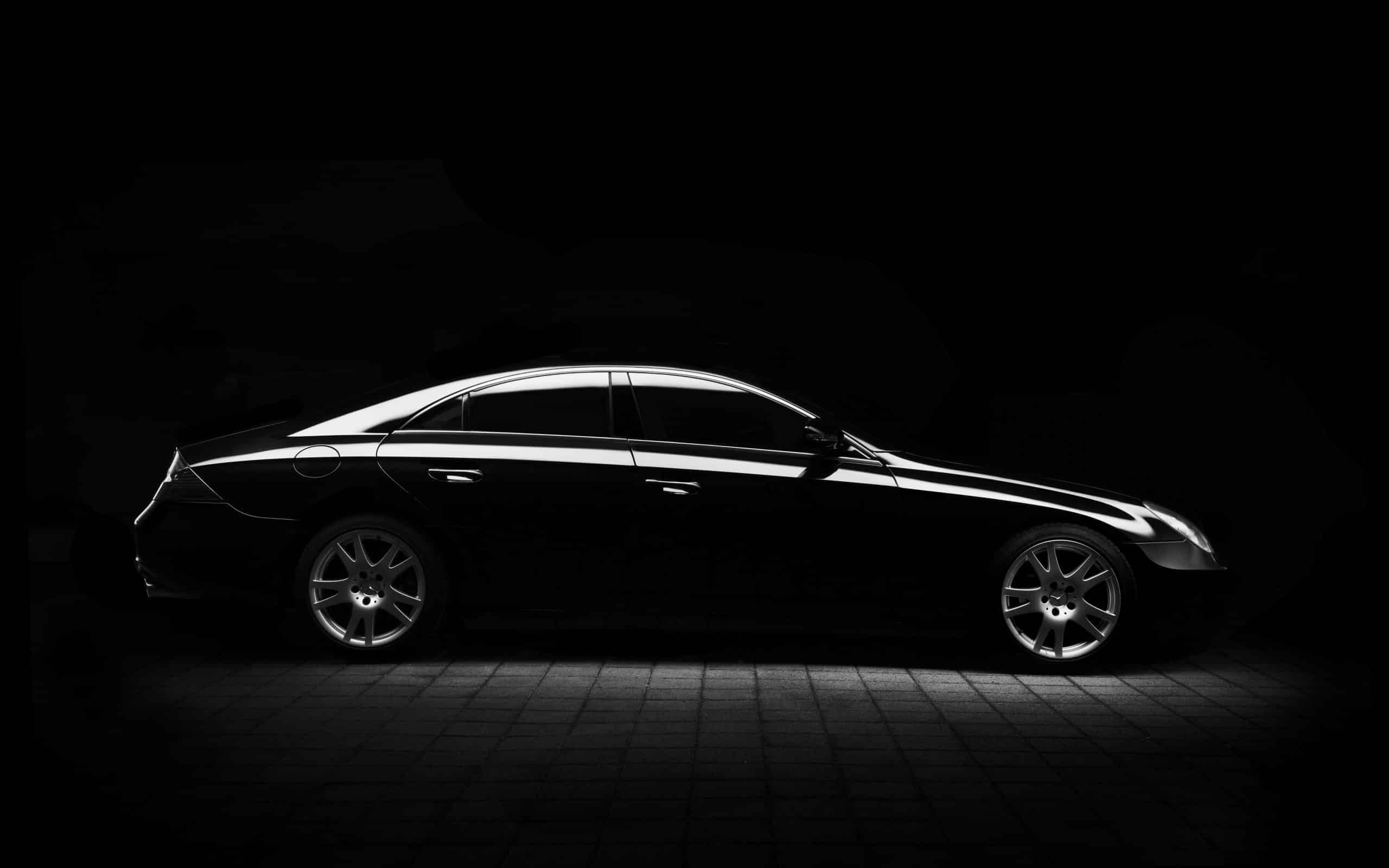Choosing the right car seat for your child is not just about comfort—it’s also about safety. Although it may seem overwhelming with the vast array of options available, getting the right seat can make a significant difference in case of a crash. Your little one needs a seat that is not only comfortable but also exceeds safety standards, fits perfectly in your vehicle, and is right for your child’s weight, height, and age. Your child’s safety is always paramount. Keeping that in mind, let’s explore the factors to consider when choosing the best child car seat.
Understand the Different Types of Car Seats
Introduction to the types of car seats is the first step towards making an informed choice. There are primarily three types of car seats: infant seats, convertible seats, and booster seats.
Cela peut vous intéresser : How to Choose the Best Seat Covers for Pet Owners?
Infant car seats are designed exclusively for newborns and small babies. They are always rear-facing and can typically support babies up to 35 pounds. The lightweight design and portable nature of these seats make them a perfect choice for infants. However, your child will quickly outgrow these seats, necessitating the need for a new one.
Convertible seats can transform from rear-facing seats for infants to forward-facing seats for older toddlers. These seats are larger and heavier than infant seats, but they offer a longer lifespan as they can accommodate children up to 80 pounds. However, they are not portable, making them less convenient than infant seats.
En parallèle : How to Choose the Right Car Wrap for Both Aesthetic Appeal and Paint Protection?
Booster seats are designed for older children who have outgrown their forward-facing seats. They elevate the child so that the vehicle’s seat belt fits properly over the strongest parts of your child’s body. Booster seats can hold children weighing between 40 to 120 pounds.
The Importance of Rear-Facing Seats
One of the fundamental rules of child car safety is keeping your child in a rear-facing seat for as long as possible. This is because rear-facing seats are the safest option for your child. In a crash, the force is spread over the entire body in a rear-facing seat. The seat absorbs most of the crash forces, protecting your child’s neck and spinal cord.
Regardless of their convenience, infant seats are only a temporary solution as your child will soon outgrow them. This is where convertible seats come in handy. They can accommodate your child for a more extended period since they can switch to a forward-facing position when your child is ready.
The Importance of Proper Installation
A car seat can only offer maximum protection if it is installed correctly. Unfortunately, numerous studies have shown that a significant number of car seats are not installed correctly, thereby reducing their effectiveness in a crash. It is essential to follow the installation instructions provided by the car seat manufacturer meticulously.
Before you install the car seat, make sure to read the vehicle’s manual on how to use your car’s seat belts with a car seat. Some vehicles have lower anchors and tethers for children (LATCH) that can make the installation process easier.
The car seat should not move more than an inch side to side or front to back when checked at the bottom where it is belted. The harness should be snug, and the chest clip should be at armpit level.
Choosing a Seat that Complies with Safety Standards
When picking a car seat, it is essential to ensure that it complies with all safety standards. In the United States, all car seats must meet or exceed Federal Motor Vehicle Safety Standards. Look for a label on the seat that shows it has passed federal crash tests.
In addition to complying with safety standards, the best car seats often have extra safety features such as a five-point harness, side-impact protection, and expanded polystyrene foam (EPS), which absorbs energy in a crash.
The Role of Weight, Height, and Age
Remember, the right car seat for your child largely depends on their weight, height, and age. Each type of seat has different weight and height limits, so ensure to check these limits before buying a car seat.
Infants and toddlers should ride in a rear-facing seat until they reach the highest weight or height allowed by the car seat manufacturer. Once your child outgrows the rear-facing seat, they can transition to a forward-facing car seat with a harness.
When your child exceeds the highest weight or height allowed by the car seat manufacturer for a forward-facing seat, they should then move to a booster seat. They will continue to use the booster seat until they are big enough to fit in a seat belt properly.
Choosing the right child car seat may seem overwhelming due to the many options available. However, by considering the type of seat, installation, safety compliance, and your child’s weight, height, and age, you can make the best decision for your child’s comfort and safety.
Ensuring the Longevity of Your Car Seat
The longevity of a car seat plays an essential role in providing comfort and safety for your child. Not only should the seat accommodate your child’s growth, but it should also remain reliable throughout its use. Consider factors such as durability, the ease of cleaning, and the adaptability of the car seat as your child grows.
A durable car seat can withstand daily wear and tear. Rugged designs, especially those marketed as all-in-one car seats, can transition from a rear-facing seat to a forward-facing seat, and finally to a booster seat. This adaptability spans a number of years, proving cost-effective in the long run.
Ease of cleaning is another factor that impacts the longevity of a car seat. Children can often create messes, and a car seat that is easy to clean helps maintain its quality and hygiene. Look for car seats with removable, machine washable covers.
Lastly, ensure that the car seat you choose can accommodate your child’s growth. Convertible car seats and booster seats often come with adjustable headrests, harnesses, and seat belts, allowing for a custom fit that can adjust as your child grows.
Considering Your Lifestyle and Car Compatibility
Your lifestyle and the compatibility of the car seat with your vehicle are also critical factors to consider. If you frequently shuffle between cars or use car services, a portable and easy-to-install car seat may be a better fit for your lifestyle.
Convertible car seats, while long-lasting and cost-effective, are often quite bulky and difficult to move between vehicles. In contrast, infant car seats are lighter and generally more portable, but they are quickly outgrown.
Consider your car’s interior and how the car seat will fit. Some car seats are too wide for smaller cars, while others may not fit properly in certain car models. Check that the car seat can be securely installed in your vehicle and consider how much space it will take up.
Furthermore, if you plan on having more children, you may need to fit multiple car seats in your car. Planning for this can ensure you choose the right car seats that will fit together in your vehicle.
Conclusion
Ultimately, choosing the right child car seat involves considering multiple factors, from safety standards and installation to the child’s weight, height, and age. The car seat’s longevity and its compatibility with your lifestyle and vehicle also play a significant role. With this comprehensive guide, you are now equipped with the knowledge needed to make an informed decision.
The process of selecting a car seat may seem daunting, but by prioritizing your child’s safety and comfort, you can navigate through the options with confidence. Remember, the right car seat isn’t merely a transport necessity; it’s a critical device for your child’s protection in your vehicle. Always ensure to regularly check the condition of your car seat and adjust it as needed to keep up with your child’s growth and maintain its effectiveness.
















